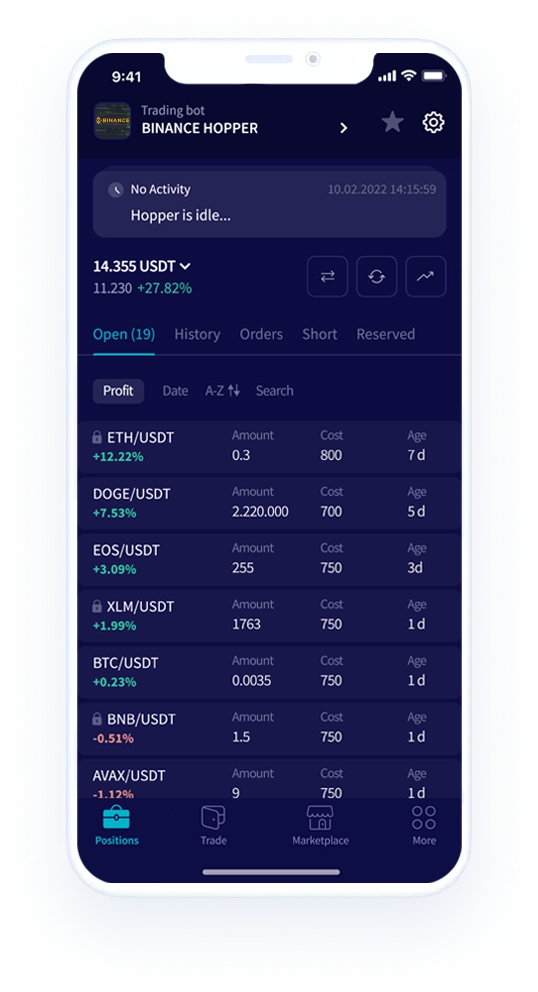Ethereum’s move to proof of stake
With the launch of the Beacon Chain earlier this year, Ethereum transitioned to a proof of stake consensus mechanism, which means it verifies network transactions via validators. This, a change from its previous proof of work consensus mechanism, wherein miners use powerful computers that solve complex math problems in order to verify network transactions.
Since the convergence of the Beacon Chain with the Ethereum main chain, users have been able to stake their ETH tokens in order to secure the network, but have been unable to withdraw them as well as the rewards they’ve received for doing so.
What is staking?
So, with this upgrade validators can withdraw their staked ETH. But what exactly does it mean that their ETH is staked in the first place? The act of staking is putting up one’s (in this case) Ether as collateral when verifying transactions on the network. When you read about “validators”, this refers to those that stake their coins and verify transactions. And the reason a validator must put up their coins as collateral is to disincentivize malicious actors. Simply put, with one’s funds on the line, they would be risking a lot to act either lazily or try to attack the network by changing transaction records or committing attacks like double-spend attacks.
Staking is often described in contrast to mining, which is where computers work to solve math problems in order to add the next block of transactions to a network’s blockchains. Because of the amount of power it takes to do this, the cost to attack a network becomes prohibitively high.
For Ethereum’s part, the move to proof of stake marks an effort to improve scalability and transaction throughput on the network, as PoW consensus features comparably low throughput. Additionally, it is meant to reduce the network’s carbon footprint, and make participating in the network’s security less prohibitive and thus lead to a more decentralized organization of validators.
The Shanghai Upgrade
The Shanghai upgrade is a crucial piece of the network’s transition to proof of stake as it allows for stakers and validators to withdraw their staked ETH. This also means that validators can withdraw rewards gained from staking as well, which is a much anticipated improvement and should further incentivize network participation. At the time of writing, full and partial withdrawals are working on Ethereum’s testnets.
In the lead up to the announcement of the upgrades tentative release date, there was much back and forth on what exactly would be included in this change, with certain scalability upgrades, namely EIP-4844, ultimately left out in order to prevent delay of the ability to withdraw staked ETH.
What’s next?
To look at what’s next, we can look at what was slated to be in, but ultimately taken out of, this Shanghai upgrade. For one, EIP-4844, which introduces a concept called proto-danksharding, was originally planned to release with this upgrade. It is a part of a slew of changes to the network meant to aid Ethereum’s scalability and aid layer 2 solutions in offering lower transaction fees. Danksharding, named after Ethereum developer Dankrad Feist, refers to Ethereum’s specific build of sharding, or the splitting of a dataset across different databases. The overall goal with danksharding is to realize the goal of network stress reduction and system optimization. EIP 4844 is targeted to be released in May 2023.
It seems that a major theme of the next parts of Ethereum’s roadmap is in fact data sharding. Eventually, with functioning shard chains and the packaging of cheap data that is then offloaded to layer 2 solutions, the network should experience less stress and become highly scalable, with lower transaction costs as well.

